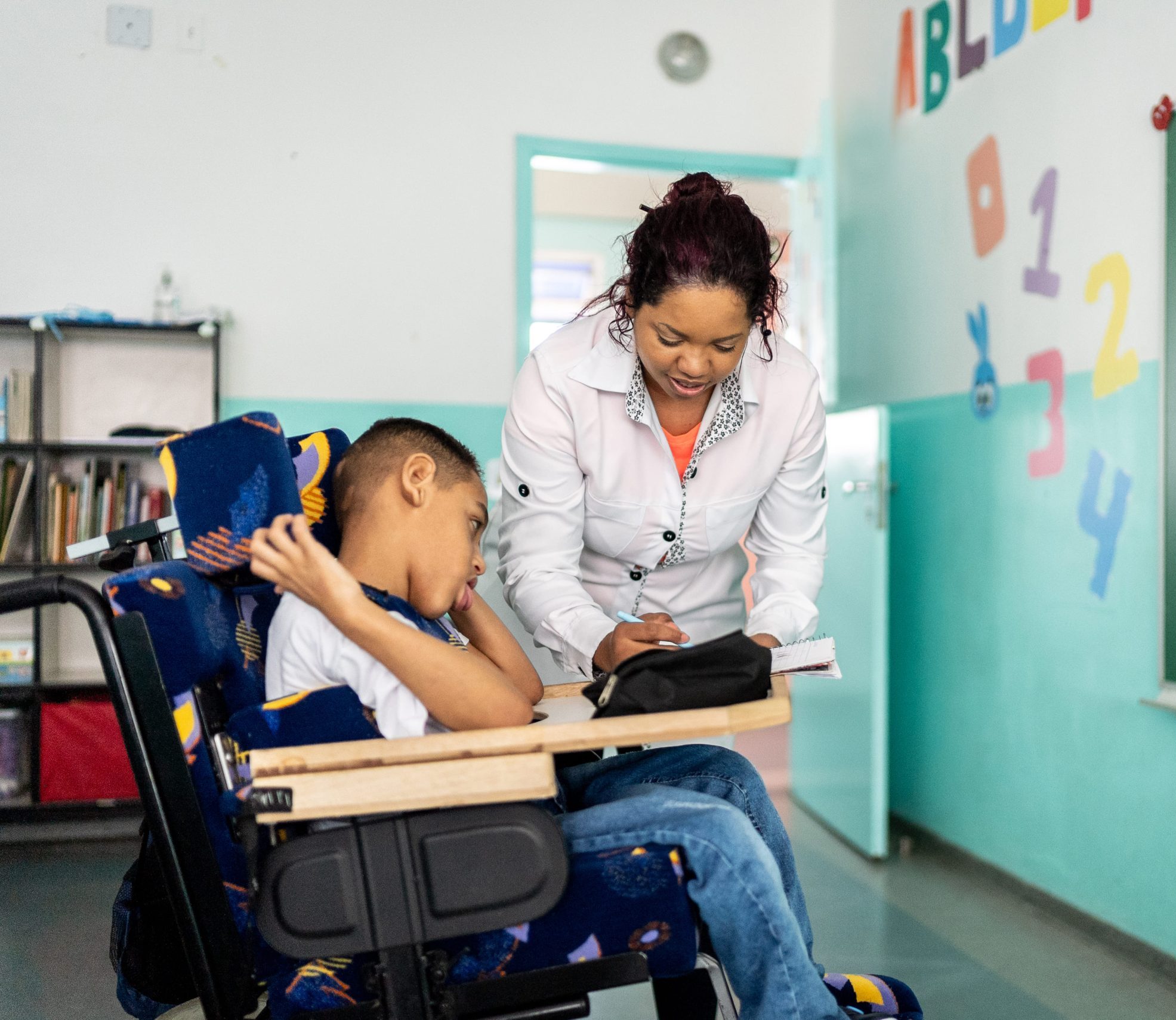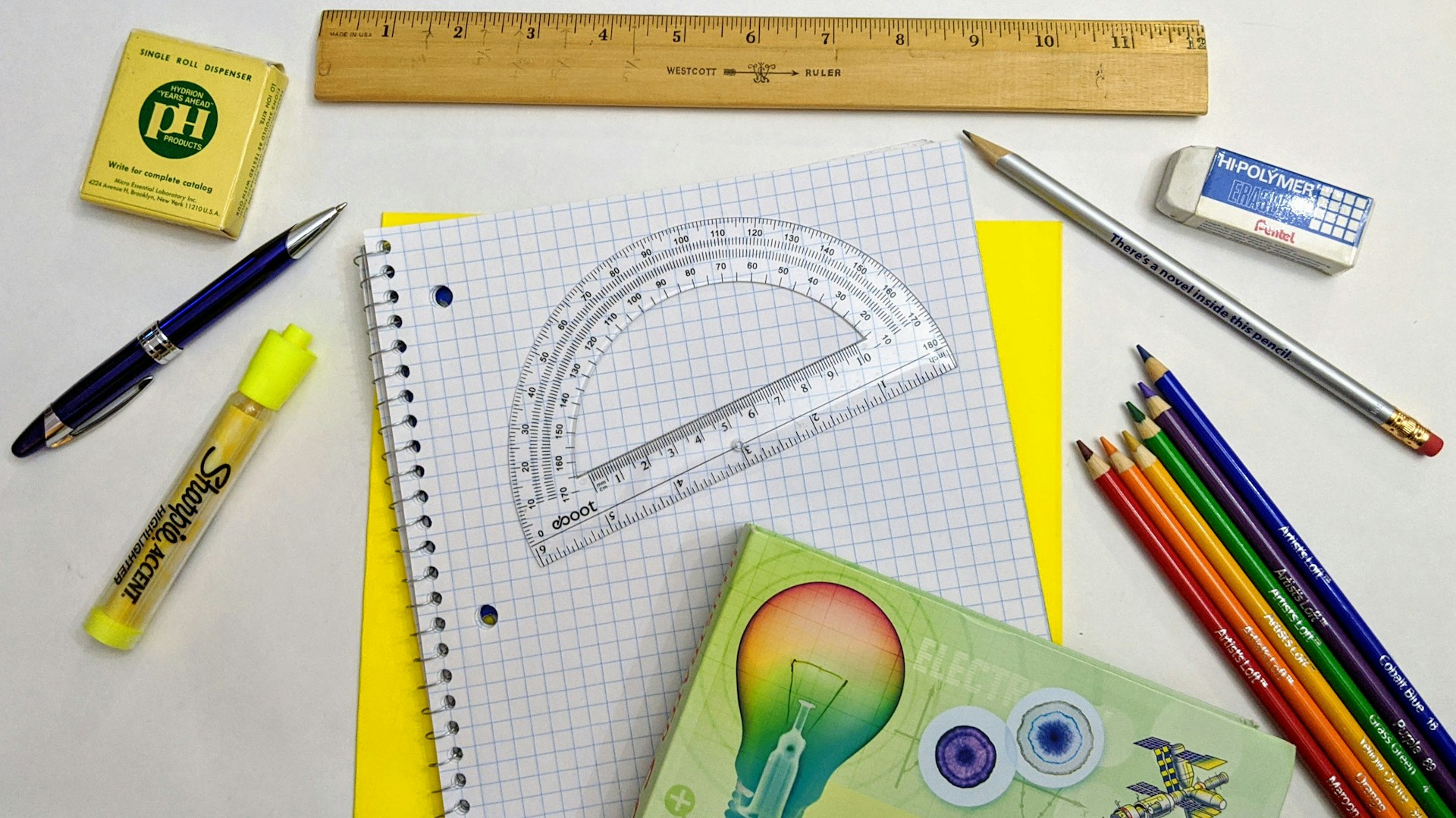Being a teaching assistant (TA) can be a rewarding career, but it is also hard work. TAs play an important role in the classroom, providing support to teachers and students alike. From assisting in lesson delivery to offering individualised guidance, TAs contribute significantly to the academic success and well-being of students.
To be a successful teaching assistant, you must be creative, patient, empathetic and have great communication skills. As a TA, you will cover a range of duties. What you’ll be doing depends on your level of experience, TA status, and the school you work at. However, the core role of a TA is to provide essential support to teachers in Early Years Foundation Stage and school settings.
Are you wondering whether a TA role is the right fit for you? In this guide we outline the roles and responsibilities of teaching assistants (TAs), higher-level teaching assistants (HLTAs), and special educational needs and disabilities teaching assistants (SEND TAs). By shedding light on their duties, expectations, and day-to-day activities, you can get a clearer picture of what type of role suits you the best.












